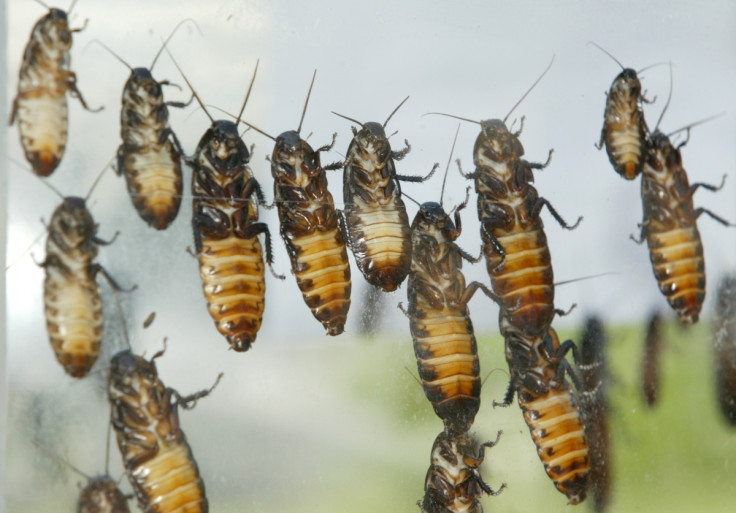Cockroach cave: Where billions of bugs feed on dead animals and dung [Video]

The Gomantong Caves in Borneo are home to millions of bats. The millions of bats create an unquantifiable amount of faeces. The unquantifiable amount of faeces attracts billions of dung-hungry bugs.
It has been dubbed "cockroach cave" purely because of the amount of critters that live inside. At some points in the cave, there are layers upon layers of bugs, such is the density of the population. It is not limited to cockroaches either. Flies, ticks and giant cave crickets also inhabit the area. They are drawn to the cave by the copious amounts of bird dung and bat guano but will also feast on any animal that has dropped dead, leaving nothing but a skeleton within a matter of hours.
Cave ecologist and National Geographic grantee Donald McFarlane and team have explored it to "map the caves in great detail to understand the interaction between the biology and the geology of the caves to contribute to sustainable management of the edible nest industry".
The biology that MacFarlane speaks of is "the metabolic activities of the birds and bats — the breathing and excretion and so on — affect the cave walls", he told National Geographic. He added: "The bats and the birds in the cave, because of their very large numbers, erode the cave walls and make the cave larger. We think that we're looking at perhaps 50% or so of the volume of the cave actually being created by the animals rather than the more traditional ways in which caves are formed by underground rivers and so forth."
Describing the caves, he said: "In contrast to a tropical forest where a lot of the organisms are hiding and you have to search for them, in these caves the whole ecosystem is laid out in front of you, it's all around you."
© Copyright IBTimes 2025. All rights reserved.






















